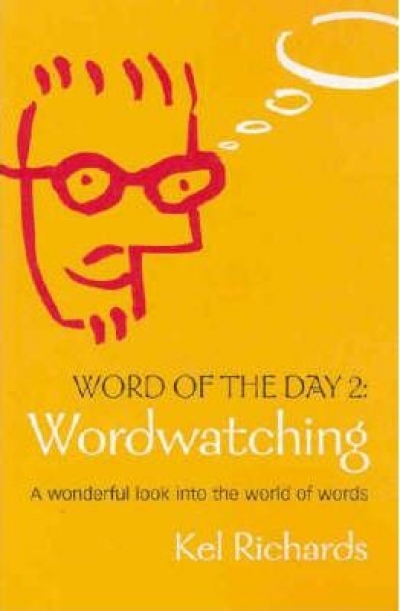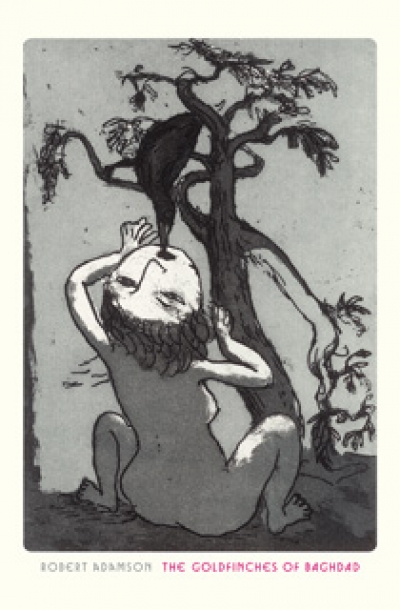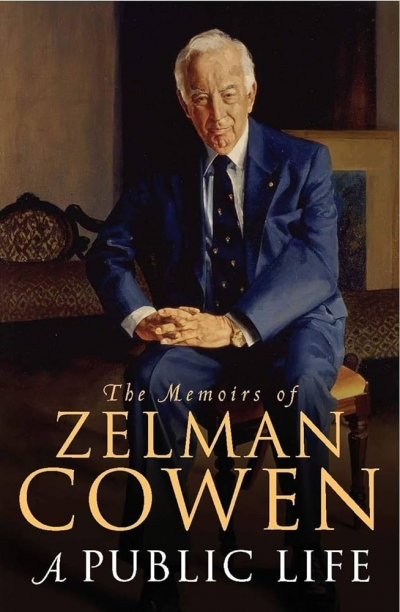All regions being regions of the mind, ‘Asia’ has had an especially unsettled and unsettling place in Australian thought. Australia has, in part, defined its own ‘occidental’ status with almost hysterical reference to its many ‘oriental’ neighbours. The putative border crisis of recent times, for instance, involved representing (mostly Middle Eastern and Asian) refugees as cashed-up ‘queue jumpers’ and potential terrorists who were ready to swamp our shores.
Asian ‘hordes’ have long been spectres haunting the Australian imagination. We see them in Windchimes, a marvellous anthology of ‘Asia in Australian Poetry’. But all of the usual suspects are present here, too: Asia as feminine and erotic; as terminally superstitious or spiritually enlightened; as a realm of pure aestheticism; as timeless or primitive; and as a region of war and warriors. All of these tropes, like the idea of ‘Asia’ itself (a region that supposedly ranges from China to Turkey), are as factitious as the notion that Asia is even a distinct continent. So far, so Edward Said, whose Orientalism (1978) made such observations postcolonial clichés. But if we consider the poetry of Australia as it reflects upon the idea of Asia, then we find an exciting literature that both maps and exceeds such tropes.
...
(read more)









